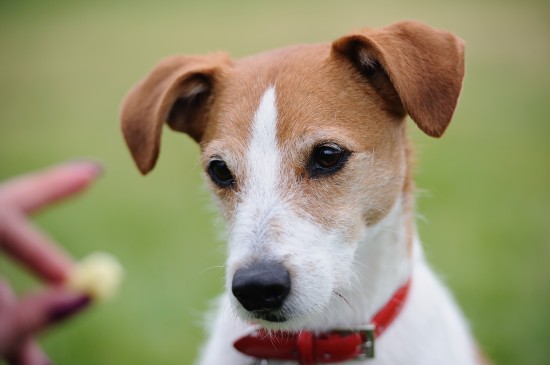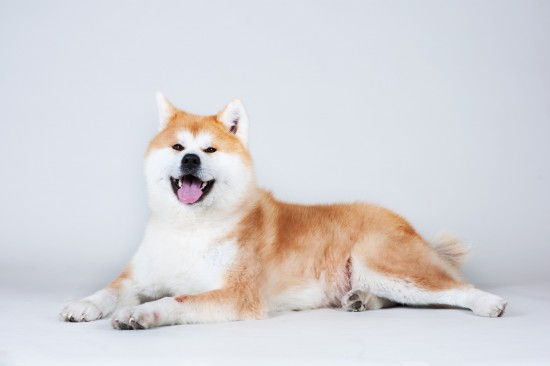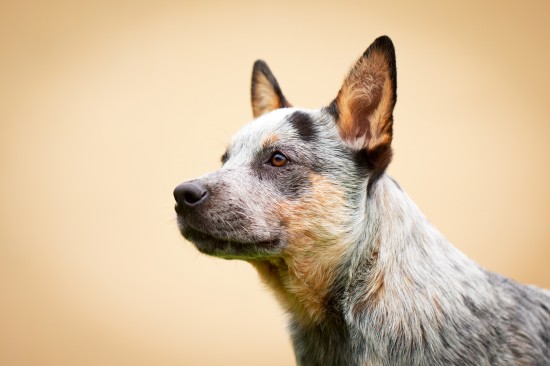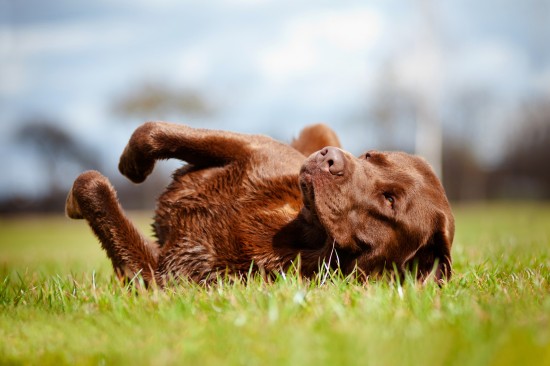

Giving supplementary treats to our dogs is something that many of us enjoy doing. Not only can we use treats to provide the dog with something special now and then or to allow them to join in when the rest of the family is having something nice, treats can make for a valuable training aid. Using treats as a reward as part of the training process can help you to catch, and keep, your dog’s attention, and motivate them towards compliance and obedience too.
It is certainly fair to say that treats play an important part in the training process, and most of us continue to give treats to our dogs now and again even after their initial training period is complete. But what should you do if your dog will only obey your commands if you have a treat in your hand, or thinks that every time you put your hand into your pocket, you are going to produce something for them? This kind of behaviour can prove problematic, but it is all too easy to inadvertently end up with a dog that is obeying their food reward rather than their owner!
Coupled with this, are the issues of weight management and nutrition, as too many supplemental treats can also be bad for your dog’s health. So, what can you do if your dog’s demand or expectation for treats has gotten a little out of hand? Read on to find out!
Aside from when you simply give treats for the sake of it without asking for compliance or obedience of a given task in return, you should establish how often to give treats to your dog on a sliding scale. If you are trying to teach your dog a new skill or work on something particularly challenging, you will probably need to offer a treat for every single successful compliance, both to make sure that your dog understands that they have got the message and done what you wanted, and to motivate them to keep trying!
The harder part involves maintaining your dog’s compliance after they have firmly established their understanding of your command, and you wish to phase out the usage of the food reward. It is important to be able to do this so that you can ensure that your dog complies with your command itself, rather than simply working to earn the food and refusing compliance unless they can see a treat!
Weaning your dog away from expecting a food reward every time
 Things to Keep in Mind before Taking your Dog to a Dog Boarding Facility
Things to Keep in Mind before Taking your Dog to a Dog Boa
Things to Keep in Mind before Taking your Dog to a Dog Boarding Facility
Things to Keep in Mind before Taking your Dog to a Dog Boa
 Japanese Akita Temperament And Training
Japanese Akita Te
Japanese Akita Temperament And Training
Japanese Akita Te
 The Blue Merle Shetland Sheepdog Gene And What It Means For Dogs
The Blue Merle Sh
The Blue Merle Shetland Sheepdog Gene And What It Means For Dogs
The Blue Merle Sh
 Canine Diet & Cancer
Canine Diet & Can
Canine Diet & Cancer
Canine Diet & Can
 Why Do Dogs..? Part Two
Why Do Dogs..? Pa
Why Do Dogs..? Part Two
Why Do Dogs..? Pa
Copyright © 2005-2016 Pet Information All Rights Reserved
Contact us: www162date@outlook.com